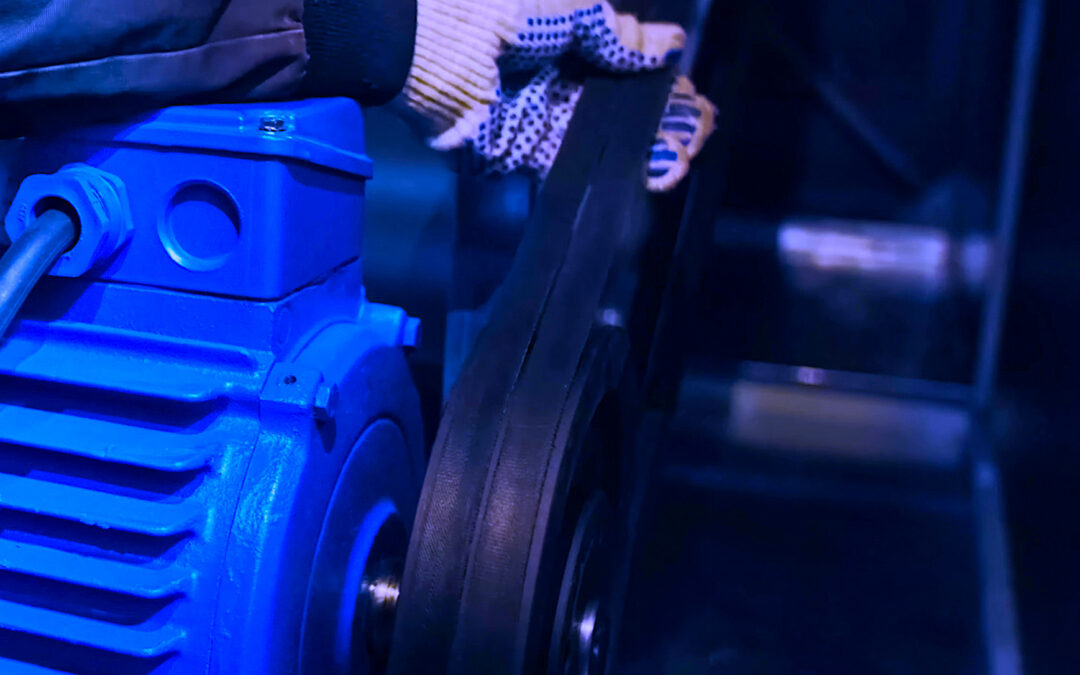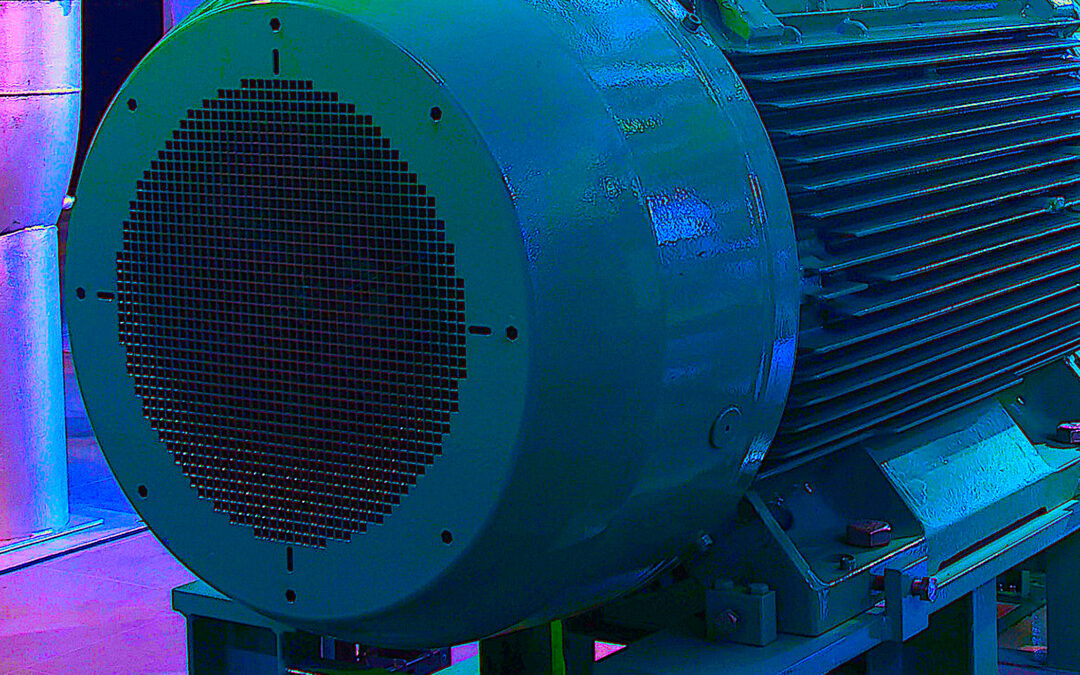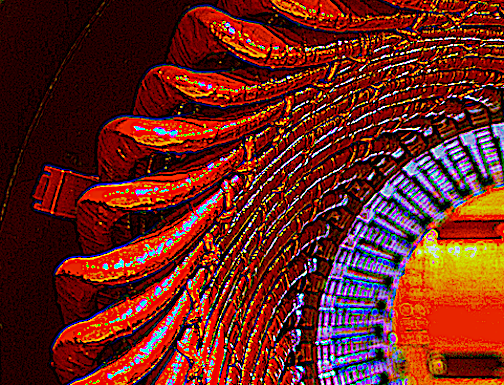
by Howard Penrose, Ph.D., CMRP | Nov 29, 2020 | Electrical Reliability, Motors & Drives
Fans, pumps, and compressors represent 60% of motor-driven equipment. A majority of the fans and a small number of pumps and compressors are belt-driven applications. While seemingly simple, belt applications are notoriously complex, involving belt tensioning,...

by Howard Penrose, Ph.D., CMRP | Nov 22, 2020 | RAM Tools & Methods
The National Institute of Standards and Technology (NIST, nist.gov) was formed in 1901, and is part of the U.S. Department of Commerce. While most are only aware of their test instruments and device calibration being traceable to NIST, the Institute is actually a...

by Howard Penrose, Ph.D., CMRP | Nov 13, 2020 | Electrical Reliability, Motors & Drives
In Part I of this series (Nov. 9, 2020, see link at end of this article), we identified the impact of the severity of air-gap changes on the Electrical Signature Analysis (ESA) test results. In the following case study, we will review a pump application on a...

by Howard Penrose, Ph.D., CMRP | Nov 8, 2020 | Electrical Reliability, Motors & Drives
Rotor defects are the most strenuously investigated areas related to Current and Electrical Signature Analysis (ESA). Air-gap eccentricities are the second. What’s interesting is that the rotor-defect issues are one of the least-expected causes of failure for a...

by Howard Penrose, Ph.D., CMRP | Oct 31, 2020 | Electrical Reliability, Motors & Drives
In parts I through IV of this series (see links below), we discussed the theories behind stator-slot signature in relation to Electrical Signature Analysis (ESA) and Current Signature Analysis (CSA). This week, we discuss a real-world example based on Fig. 1, and...

by Howard Penrose, Ph.D., CMRP | Oct 24, 2020 | Electrical Reliability, Motors & Drives
As discussed in Parts I, II, and III about our ongoing literature searches and analyses of failure models associated with stator-winding defects, we have developed two theories surrounding the detection of faults in the stator. In one theory, the defect would be...

by Howard Penrose, Ph.D., CMRP | Oct 17, 2020 | Electrical Reliability, Motors & Drives
Following publication of Parts I and II of this series (Oct. 3, 2020, and Oct. 9, 2020, respectively), we continued our literature search for information on stator analysis (from academic and other types of technical papers). And, unfortunately, we continued to come...

by Howard Penrose, Ph.D., CMRP | Oct 9, 2020 | Electrical Reliability, Motors & Drives
In Part I of this short series (Oct. 3, 2020), we pointed to certain stator defects coinciding with specific signatures that have been presented through observation. Regarding the induction motor itself, while substantial research on the defect signature associated...

by Howard Penrose, Ph.D., CMRP | Oct 3, 2020 | Electrical Reliability, Motors & Drives
An area that has received limited research analysis within the topic of Electrical and Current Signature Analysis (ESA/MCSA) is the stator-slot signature. It’s been assumed for many decades that the number of stator slots times the running speed with different...

by Howard Penrose, Ph.D., CMRP | Sep 26, 2020 | Electrical Reliability, Motors & Drives
Over the past few decades, the general discussion in industry has been that you cannot perform offline electrical- or motor-current-signature analysis (ESA and MCSA, respectively) on equipment in no-load conditions. In fact, some publications have suggested the need...













